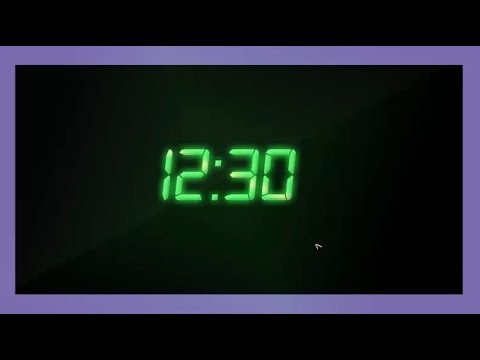Create your background
For this example, I’m going to use this from Unsplash. You can choose whatever you like, but this brick gives it a great, realistic feeling of hanging on a wall. And don’t worry – we’re going to give it a nighttime look to emphasize the glow!
To darken the image, create a new layer under and fill it with gray using the Paint Bucket Tool. I’m using #999999. Then, set the opacity to something like 83% and change the blending mode for the image layer to Vivid Light.
Add dramatic lighting to the background
Now we’re going to create a vignette. To do this, create a new layer, and use the Ellipse Tool to draw an ellipse just slightly smaller than the canvas.
Then, with the Path Selection Tool, select Path Operations dropdown and click Subtract From Shape.
Open the properties window with Window > Properties and select Mask. Then set Feather to 200px and adjust it with the Free Transform Tool as you please. It should look something like this then:
Create a new layer above the vignette layer with Layer > New Layer and fill it with black using the Paint Bucket Tool. Then, set the opacity to something like 75% and change the blending mode for the layer to Vivid Light.
Create the neon sign
Duplicate the text layer, right click it, and select Convert to Smart Object. Then, right click the layer and select Blending Options.
Add a Bevel & Emboss. This gives dimension to the text, so try various settings to get the effect you like! I’m using these settings:
- Style: Pillow Emboss
- Technique: Smooth
- Depth: 251%
- Direction: Up
- Size: 15px
- Soften: 3px
- Shading angle: 90 degrees
- Altitude: 53 degrees
- Gloss Contour: Cove – deep
- Highlight Mode: Overlay with white and 100% opacity
- Shadow Mode: Overlay with black and 0% opacity
Next, add a Contour adjustment under Bevel & Emboss, select cove – deep from the dropdown, and leave the range at 100%.
Now add a Stroke layer. This will create the “glow” of your neon sign and make it look like it’s turned on! Here are the settings I’m using:
- Size: 40
- Position: Center
- Blend Mode: Screen
- Opacity: 100%
- Overprint: Checked
- Fill type: Gradient
- Style: Shape Burst
- Align with Layer: Checked
- Angle: 90 degrees
- Scale: 100%
Now let’s create your custom gradient by double clicking the color shown in the gradient bar. Add a transparent color to the left, a dark color toward the center (I used #51bbad), and a lighter blue just to the right of the darker center color (I used #a1fff3). This will give your glow the perfect depth to make it look like the plastic of a real neon sign.
Now let’s add an Outer Glow, to create the light the shines off our neon sign. Here are the settings I’m using:
- Blend Mode: Overlay
- Opacity: 100%
- Noise: 0%
- Technique: Softer
- Spread: 20%
- Size: 250px
- Contour: Linear
- Range: 50%
- Jitter: 0%
And select the same color as your text. Again, I’m using #50c4da.
Create a custom gradient lights
To add to the glowing effect, let’s create two layers. One with a broad and subtle glow, and another with a small and concentrated effect behind the text, to give it a realistic effect. First, let’s create the larger, subtle glow.
Using the Ellipse Tool, create an ellipse that spans all of the text and most of the background. Set the color to something slightly darker than the color you chose for your text. I’m using #51bbad. Then, right click the layer and select Convert to Smart Object.
Then, with the ellipse layer selected, select Filter > Blur > Gaussian Blur.
Set the radius to somewhere around 150 pixels. Now change the blending options to Soft Light.
Create a new layer to create another ellipse, this time smaller and about the size of the text. Move it under the text layer but above the other ellipse layer. Again, convert the ellipse to a smart object.
Set the color to something slightly lighter than the text color you chose. I’m using #a1fff3.
Then, with this new ellipse layer selected, select Filter > Blur > Gaussian Blur. Set the radius to somewhere around 150 pixels. Now change the blending options to Soft Light.
And that’s all of it – now you have a bright and shiny neon sign! How will you use this effect? Have any other favorite examples? Let us know in the comments.

